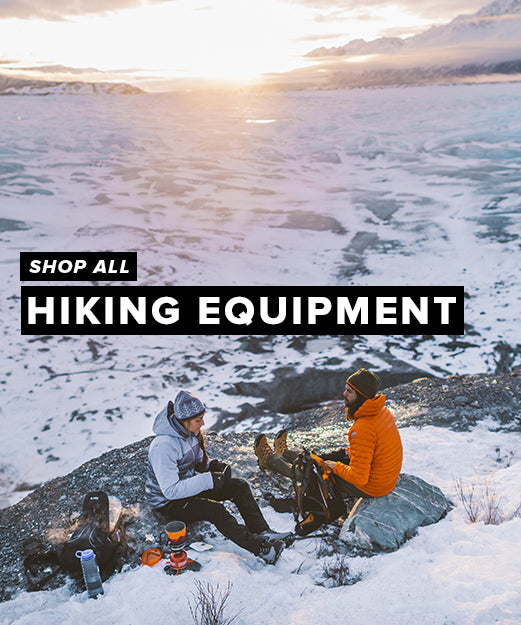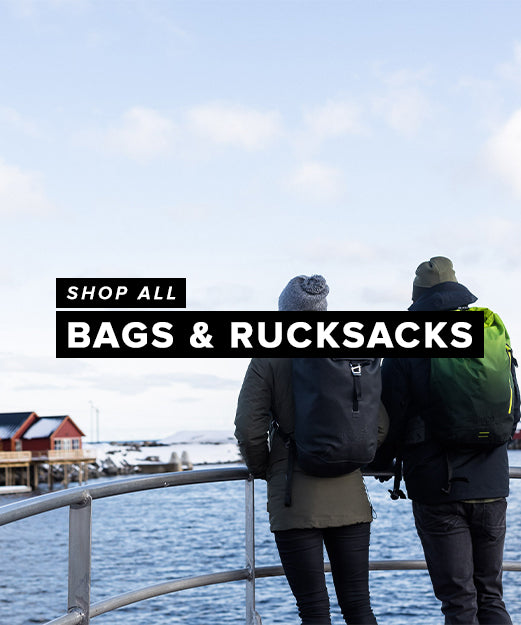Choosing and buying a new tent
For first time tent buyers, we have three top tips you should follow to make sure that you're buying the right tent for you.

Number One - Do Your Research
Before you buy a tent, you need to make sure that it's suitable for the conditions in which you intend to use it. For example, if you're going to trek up to Everest base camp you really shouldn't be buying a festival tent and the same can be said if you're going to Glastonbury this year, you really don't want to take a season four ultra-lightweight tent with you.
Number Two - Do MORE research
Ok, so you've narrowed it down to a list of around 3 tents you like, what you need to do now is review the details of each tent, such as the hydrostatic head, the weight, will the overall design suit your needs, is it single or double lined? You'll be surprised the number of tents that get sent back because the customer thinks the tent is leaking, when it's actually just condensation build up which occurs mainly in single lined tents. As a rule if you double check that the tent you are buying is the right tent for the type of adventure you are planning, you can't go far wrong.
Number Three - It’s Check Time
Congratulations - you have purchased your tent! The thought to not bother checking your tent over is a tempting one - we all just want to excitedly head off to the hills and use our shiny new tent, but this is a mistake. First, check the packaging of your tent and make sure there are no tears. You should then check the contents of the tent to make sure you have all the pegs, poles and pitching instructions that you will need to put it up safely.
If that is all in order, then find a spot where you can actually erect your tent. Once it's up you should look for any tears or holes - key areas to look at are where there are pressure points on the tent. Make sure the poles are all in order and aren't fraying or are bent, pour some water on the outer layer preferably on a seam or two to test the hydrostatic head and if you can, leave the tent up for a day or two to settle it.
If you discover your new tent is damaged either from transit or has a manufacturing defect, then give us a call or an email and we will do our upmost to get the issue sorted for you. Remember to keep your order details as that will have any information we may need.
Check Out Our tent Guide Video

 NEW!! Free UK Delivery
NEW!! Free UK Delivery Hassle-Free Returns
Hassle-Free Returns Clearpay
Clearpay









